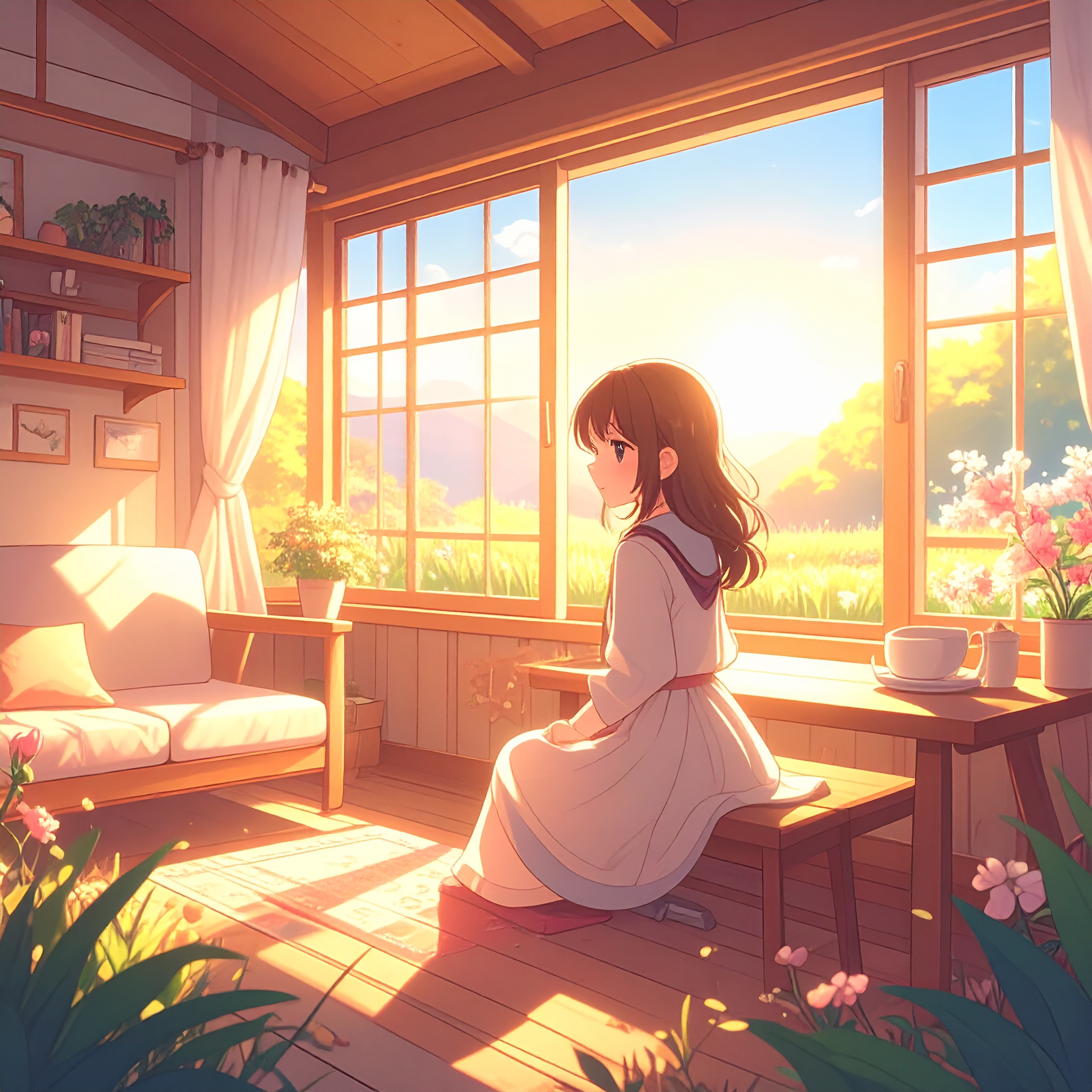“The rent is affordable, and it’s conveniently close to the station. Yet… the room feels oddly dark.”
When searching for a rental property, factors such as layout, amenities, and building age often take center stage. However, one crucial aspect that is surprisingly overlooked is sunlight exposure. In reality, the presence or absence of natural light can significantly affect not only comfort and well-being, but also energy efficiency, laundry convenience, and even one’s psychological state.
Importantly, this sunlight exposure is clearly reflected in the property’s market value — namely, its rental price.
In this article, we explore the connection between natural light and rental pricing, the broader impact on daily life, and how to properly evaluate a property’s sunlight conditions.
Why Do Sunlit Rooms Command Higher Rent?
In the real estate market, ample sunlight is universally regarded as a desirable feature—and for good reason. Properties that enjoy abundant natural light often come with a premium price tag due to a variety of compelling benefits:
-
Laundry dries faster, adding convenience to everyday life
-
Rooms remain bright during the day without artificial lighting, reducing electricity costs
-
Enhanced thermal efficiency in winter leads to a warmer indoor experience
-
Bright interiors offer a sense of cleanliness and emotional comfort
-
Lower risk of mold and damp-related issues
-
Increased asset value and stronger appeal during future re-letting
These qualities translate directly into greater livability, which in turn justifies a higher rental valuation.
Sunlight Exposure by Orientation and Its Impact on Livability
In Japan, the orientation of a residence significantly influences sunlight exposure and, by extension, rental value. The general tendencies are as follows:
| Orientation | Sunlight Characteristics | Rent Trend | Best Suited For |
|---|---|---|---|
| South-Facing | Receives sunlight throughout the day; warm even in winter | Higher | Ideal for those who spend a lot of time at home or prioritize laundry drying |
| East-Facing | Morning sunlight; tends to be dimmer in the afternoon | Slightly Higher | Suitable for early risers and those who prefer to do laundry in the morning |
| West-Facing | Strong afternoon sunlight; can become hot in summer | Moderate | Favored by individuals active during late afternoons or evenings |
| North-Facing | Limited sunlight throughout the day; consistently cooler | Lower | Appropriate for those frequently away from home or unconcerned with brightness |
Among these, south-facing units command the highest premiums, especially in compact residences such as 1K or 1LDK apartments. Within the same building, rent can vary by as much as ¥10,000 depending on the floor level and orientation.

When “Good Sunlight” Becomes a Drawback
While ample sunlight is often equated with comfort, it is not without potential downsides.
Cautionary Considerations:
-
Excessive heat in summer, especially in south- and west-facing units
-
Sun damage to flooring and furnishings from prolonged UV exposure
-
Reduced privacy, requiring sheer curtains or window treatments
-
Increased cooling costs, which may offset savings on lighting and heating
Moreover, in densely built urban areas, even a south-facing unit may receive limited sunlight if obstructed by adjacent high-rise structures. Thus, relying solely on orientation labels like “south-facing” can be misleading without a thorough on-site evaluation.
Uncovering the Truth About Sunlight Before a Viewing
Before scheduling a property viewing, discerning clients can take several proactive steps to assess whether a unit truly benefits from natural light:
1. Visit the Property at Multiple Times of Day
→ Touring in the morning, midday, and late afternoon allows you to experience the space under different angles and intensities of sunlight.
2. Use Google Maps Satellite View and Street View
→ These tools can quickly reveal whether nearby high-rise structures might cast shadows over the property.
3. Inquire About Sunlight Duration and Obstructions
→ A knowledgeable and transparent real estate professional should be able to provide accurate insights into daylight hours and any structural impediments.
Creating Comfort in Low-Light Residences
Even if budget or location constraints lead you to choose a unit with limited sunlight, thoughtful design and living strategies can significantly enhance comfort and ambiance:
-
Install layered LED lighting using both daylight and warm-toned bulbs to mimic natural light
-
Use light-colored wallpaper and furnishings to brighten the interior visually
-
Incorporate indoor plants to add vitality and help regulate humidity
-
Utilize air circulators to maintain a fresh, balanced indoor environment
-
Ensure regular ventilation to prevent mold and moisture buildup
Is Sunlight a Sacrifice Worth Making? Assessing Your Priorities
For some individuals, sunlight exposure may not be the top priority when selecting a residence. Personal lifestyle and preferences often dictate what truly matters. Consider the following scenarios:
-
Prioritizing lower rent over natural light
-
Being away from home during daylight hours due to work
-
Preferring cooler interiors and avoiding intense afternoon sun
-
Placing high importance on UV protection and minimizing sun exposure
In such cases, choosing a north- or east-facing unit may strike an ideal balance between cost efficiency and personal comfort.
The True Value of Sunlight Depends on Your Lifestyle
Terms like “south-facing” or “abundant sunlight” frequently appear in real estate listings, yet they do not represent universal ideals. What truly matters is how well the property’s lighting conditions align with your personal rhythm of life—when you’re typically at home, your sensitivity to temperature, preferences for brightness or dimness, and overall lifestyle compatibility.
Sunlit properties often command higher rents.
But the key question is: Does that added value resonate with your own daily experience?
The worth of natural light should be weighed not in general terms, but in the context of your individual comfort and priorities.




